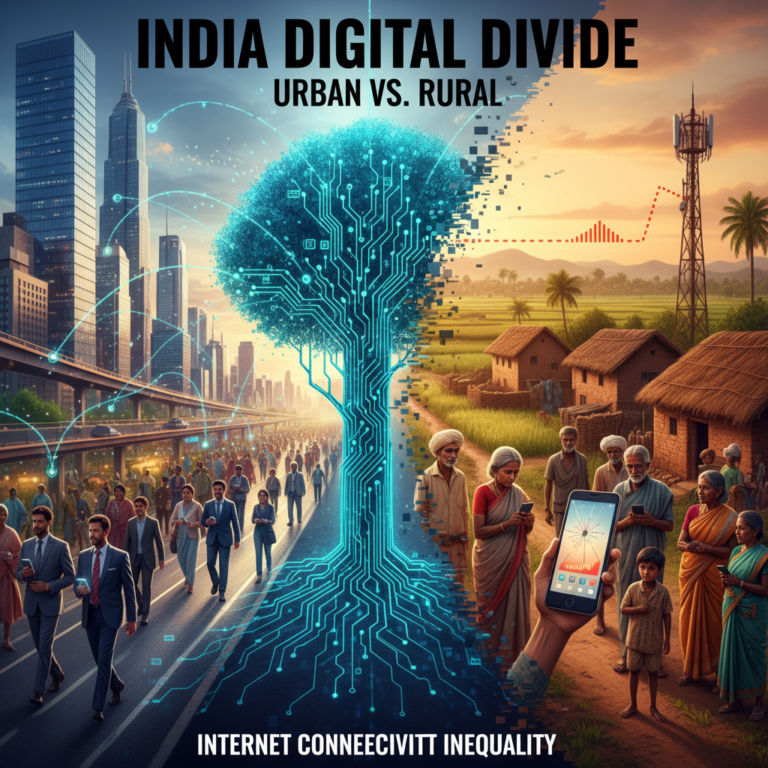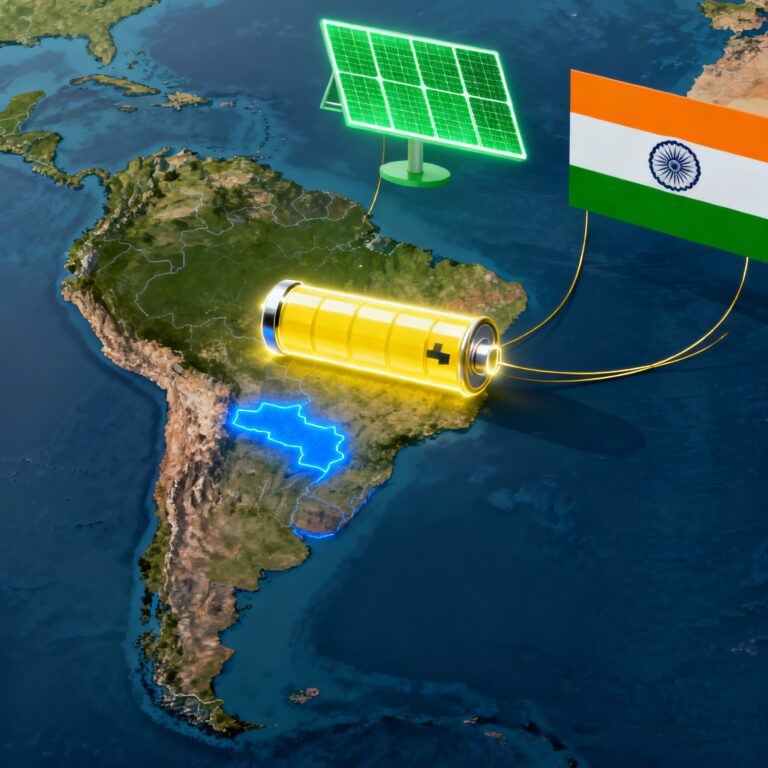On May 16, 2025, Delhi’s air quality took a sharp downturn: dust carried from afar and strong surface winds drove the AQI into the “poor” category. In response, the Commission for Air Quality Management (CAQM) in the National Capital Region invoked Stage-I of the Graded Response Action Plan (GRAP) to curb emissions immediately. But regulatory curbs alone can only go so far. To truly safeguard public health and beat back worsening heat waves, we must pair policy action with cutting-edge technologies—from satellite monitoring to AI-driven pollution controls.
1. Understanding Stage-I GRAP: What It Means, What It Does
1.1 The GRAP Framework
- Stage-I Trigger: AQI above 300 for two consecutive days or sudden spike due to dust transport
- Immediate Actions: Ban on construction activities, suspension of diesel generator use, intensified dust‐control measures on roads
1.2 Effectiveness So Far
- Historical data shows Stage-I measures can cut local PM₂.₅ by 10–15% within 48 hours
- Limitations: doesn’t address regional dust sources, biomass burning in neighboring states
2. The Science Behind Delhi’s Dust Spike
2.1 Long-Range Transport of Dust
- Meteorological pathways traced by HYSPLIT models
- Role of Thar Desert dust storms in seasonal AQI surges
2.2 Surface Winds & Urban Heat Island Effects
- How rising temperatures amplify local wind speeds and resuspend road dust
- Interaction with vehicular and industrial emissions
3. Tech Innovations to Complement GRAP

3.1 Satellite & Drone Monitoring
- Sentinel-5P & NASA’s TEMPO: real-time tracking of PM, NO₂, O₃ plumes
- Drone Swarms: localized 3D mapping of pollutant hotspots
3.2 AI-Driven Forecasting & Alerts
- Machine-Learning Models: predicting AQI spikes 3–5 days ahead
- Public Alerts via Apps: geotargeted advisories for vulnerable populations
3.3 Smart Dust Suppression Systems
- IoT-Enabled Road Sprinklers: automatic activation when PM₂.₅ rises
- Electrostatic Dust Catchers: roadside units that charge and collect particulates
3.4 Green Infrastructure & Cooling Solutions
- Vertical Green Walls: plant species proven to sequester PM₂.₅
- Cool Roof Coatings: reducing urban heat island to lower secondary ozone formation
4. Tackling Heat Waves: Dual Benefit Technologies
4.1 Reflective Pavements
- Materials with high solar reflectance to cut ambient temperature by 2–3 °C
4.2 Active Cooling Canopies
- Solar-powered misters integrated into bus stops and parking lots
4.3 Sensor-Driven Urban Planning
- Deploy heat and AQ sensors in a mesh network for data-driven zoning and green cover allocation
5. Policy & Community Engagement
5.1 Strengthening GRAP Enforcement
- Real-time emission monitoring at construction sites via CCTV+AI
- Graduated fines for non-compliance, tracked digitally
5.2 Citizen Science & Crowdsourcing
- Low-cost wearables measuring personal exposure
- Community-built open dashboards to pressure local authorities
6. Case Studies: Where Tech + Policy Worked
- Beijing 2022: AI-optimized traffic flow reduced rush-hour PM₂.₅ by 12%
- Singapore: Vertical gardens + smart sprinklers cut urban PM by 8%
7. Roadmap for Delhi NCR
- Short Term (0–6 months):
- Deploy 100 IoT dust-suppressors on arterial roads
- Integrate satellite AQ data into CAQM’s control room
- Medium Term (6–18 months):
- Pilot reflective pavement on 5 km of busy routes
- Launch public AQ and heat alerts via mobile apps
- Long Term (1–3 years):
- Mandate green roofs on all new urban projects
- Scale up drone monitoring to cover satellite corridors
Conclusion
Stage-I of GRAP is a vital first line of defense—but to win Delhi’s war on pollution and heat waves, we must deploy a full arsenal of technological innovations. From AI-powered forecasts and IoT dust busters to green infrastructure and reflective pavements, these tools can turn reactive curbs into a proactive, data-driven strategy. Only by marrying policy with smart tech can Delhi breathe easy again—and set a model for cities globally.









+ There are no comments
Add yours